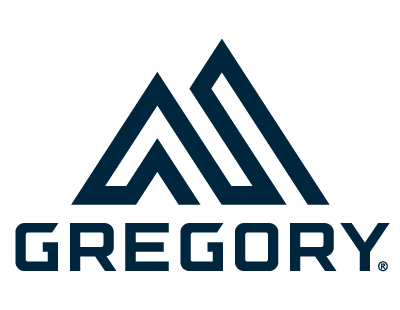You have been skiing your entire life and are an expert level skier. By now, we're sure you've heard of backcountry skiing and that allure of being able to ski untouched powder run after run. You love this idea, but you have never backcountry skied and have heard about the dangers of avalanches. Enter the Utah Avalance Center, an amazing resource for Utah locals for forecasting Utah's backcountry conditions and providing education for those who wish to safely travel in backcountry terrain.
Below we'll outline how to properly prepare for your first backcountry tour, beginning with education. 
STEP 1:
The first step in avalanche education is to go through the Know Before you Go program.
STEP 2:
Purchase or rent the proper gear.
In avalanche terrain, it is important to always wear a beacon, and carry a shovel and probe in your backpack.
Think about other safety items that are essential as well. A first aid kit, extra gloves, hand warmers, an extra layer, food, water, etc.
The KBYG Get the Gear educational segment will explain all you need to know about getting the proper gear.

STEP 3:
Once you have completed the KBYG avalanche awareness program, you are ready for an Introduction to Avalanches or Backcountry 101 class. These are 1.5-day classes consisting of 4 hours of classroom and 8 hours of field-based education. In these classes, you will learn how do avalanches form, what causes avalanches, how to read an avalanche forecast, how to identify and avoid avalanche terrain, how to recognize weak snow in the snowpack, and more. To learn more about classes offered in Utah, visit the UAC's education page.
After your backcountry 101 course, professionals recommend that you practice in the backcountry with friends you know and trust. Once you've practiced for a while and read the forecast each day, you'll soon realize there is a lot that you don’t know and you don’t always understand some of the details of the forecast. So, now what do you do? This is where you enter the official American Avalanche Association Recreation Track Curriculum consisting of a Recreation Level 1, Avalanche Rescue, and Recreation Level 2 classes.
In addition to avalanche education, you need to consider your first aid skills. If you do have a backcountry accident (not just avalanche accidents), do you have the necessary first aid skills? Wilderness First Aid and Wilderness First Responder classes will teach you the necessary skills to be able to perform a successful backcountry rescue.

Avalanche education is a lifelong commitment. You don’t just take a class once and you are done. You need to continually refresh your skills. You need to practice your rescue skills regularly, improve your terrain management skill, and strive to better understand the avalanche problems and how they affect the decisions you make and terrain you ski.
If you have any questions on avalanche education, contact the Utah Avalanche Center.
















